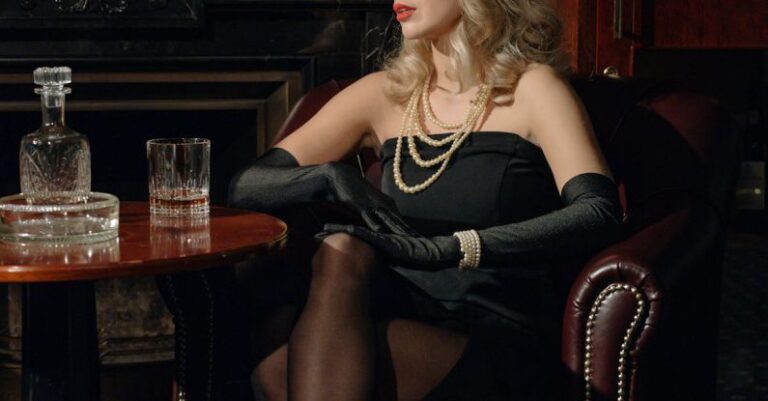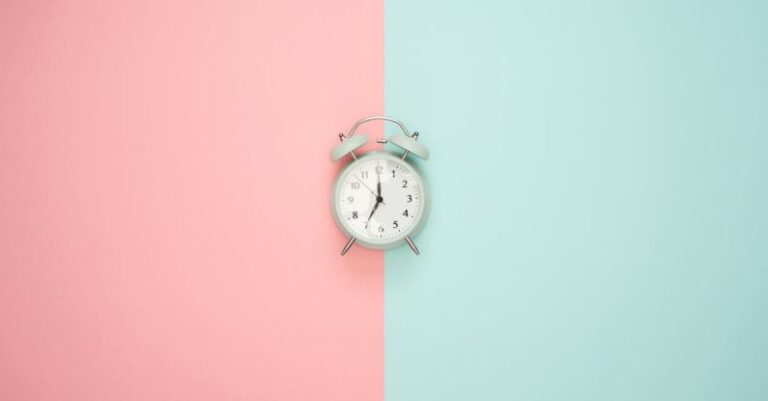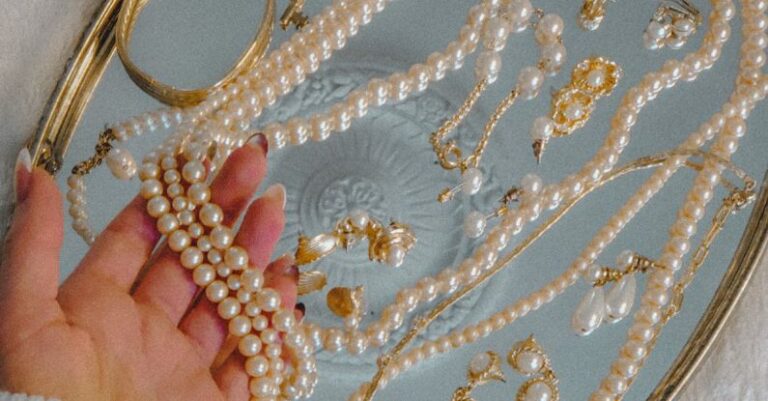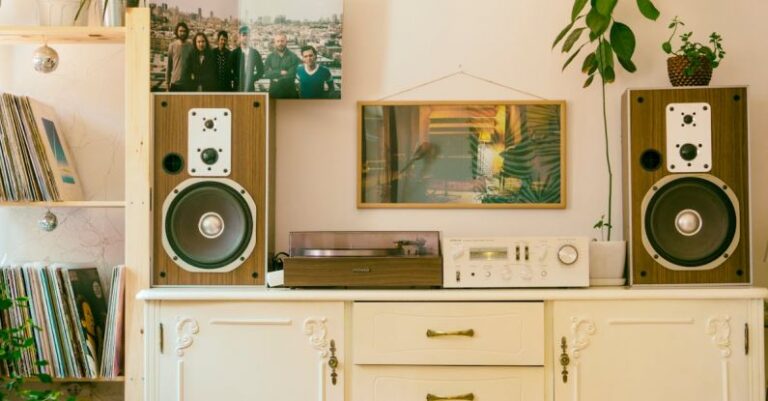
Vintage books hold a special charm that can transport readers to a bygone era. Whether it’s the yellowed pages, the musty smell, or the intricate cover designs, these old books are precious treasures that need to be handled with care. Restoring vintage books requires a delicate touch and a deep understanding of preservation techniques to ensure that they remain intact for future generations to enjoy.
Understanding the Condition
Before diving into the restoration process, it’s crucial to assess the condition of the vintage book. Take note of any tears, missing pages, water damage, mold, or insect infestations. Understanding the extent of the damage will help you formulate a plan on how to proceed with the restoration process without causing further harm to the book.
Cleaning the Covers and Pages
Start by gently cleaning the covers and pages of the vintage book. Use a soft brush or a dry cloth to remove any dust or dirt that may have accumulated over the years. Be extra careful around delicate illustrations or embossed designs on the cover to avoid causing any damage. If the book is particularly dirty, you can use a small amount of mild soap mixed with water to lightly clean the covers and pages. However, make sure to test a small, inconspicuous area first to ensure that the soap doesn’t cause any discoloration.
Repairing Tears and Loose Pages
One of the most common issues with vintage books is torn pages or loose bindings. To repair tears, use acid-free paper and a thin layer of wheat starch paste to carefully mend the damaged areas. For loose pages, you can reattach them to the spine using a small amount of archival glue. Be sure to apply the glue sparingly to prevent it from seeping through the pages and causing further damage.
Dealing with Water Damage
Water damage can be particularly harmful to vintage books as it can cause pages to warp, mold to grow, and ink to run. If the book has suffered water damage, it’s crucial to dry it out slowly and gently. Place the book in a well-ventilated area away from direct sunlight and heat sources. You can also use a dehumidifier to help speed up the drying process, but be sure to monitor the book closely to prevent over-drying.
Preventing Mold and Insect Infestations
Mold and insect infestations are common threats to vintage books, especially if they have been stored in damp or humid conditions. To prevent mold growth, store the books in a cool, dry place with good air circulation. You can also use silica gel packets or dehumidifiers to help absorb excess moisture in the air. To protect against insect infestations, consider storing the books in sealed plastic bags or containers with cedar blocks or lavender sachets, which are natural insect repellents.
Preserving the Vintage Aesthetic
While it’s important to restore vintage books to ensure their longevity, it’s also essential to preserve their unique aesthetic appeal. Avoid using modern materials or techniques that may detract from the book’s authenticity. Instead, opt for archival-quality materials and traditional restoration methods to maintain the book’s vintage charm.
Incorporating these restoration techniques will help you revive vintage books without causing any further damage. By taking a careful and methodical approach, you can ensure that these precious literary artifacts continue to be enjoyed for years to come. Restoring vintage books is a labor of love that requires patience, skill, and a deep appreciation for the beauty of these timeless treasures.





